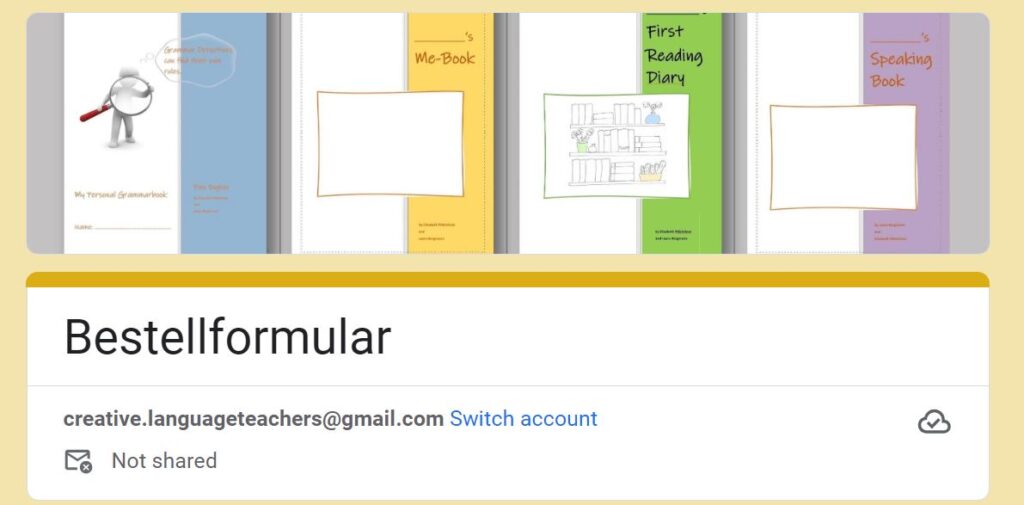Tasks for Advanced Learners:
Students who have practiced text writing as described in the pages for beginners and lower intermediate learners will not find it difficult to move on to these more serious tasks.
The main questions they need to consider for each text are the same ones:
Who am I writing for?
What do I want to achieve? (inform, persuade, entertain…)
What main points /arguments do I have to get there?
What formal and register requirements do I have to follow?
Rules of Thumb
Writing for different audiences and specific purposes:
- Good examples: For each text type learners first need to see 2-3 good examples.
- Text Recipes: The learners then analyse the structure and “ingredients” of the texts and make up their own “recipe” for writing this specific text type. This is best done in groups where the learners can share and discuss the salient features of the texts in front of them and thus understand and remember them better. The groups then present their “recipes” to the class. In this phase any missing aspects can easily be added by the teacher or by other groups.
- Useful Phrases: In the third phase the groups collect useful vocabulary phrases from the text samples. They might find similar texts online and collect even more useful vocabulary. Remind the learners to always collect short sentences or phrases rather than individual words. These “chunks of language” can be remembered more easily and will lead to more idiomatic writing in the end. Many teachers prefer to hand out ready-made vocab sheets instead. This is an option, but phrases that the learners have “harvested” themselves will usually seem more relevant to the learners and therefore be remembered more easily. The act of choosing the vocab in the group and deciding which elements are important and useful, is probably the most important step. In these groups discussions the learners must use the new phrases actively and explain to the others why they find them useful. This will help them make associations and integrate the new language into their networks of meaning in the brain.
The following lesson materials have worked well for my students. Most of them include a “recipe” for the respective text-type. In many cases these recipes are the summarized results of the group-work in class. You might want to keep these “recipes” back until your students have come up with their own versions and only hand them out later.
Overview of text-types
An overview of the text-types required in the centralized final exams (Neue Reifeprüfung, Austria)
Newspaper articles:
Worksheets to practice article writing
Use this cool tool to layout your newspaper page professionally.
Reports
Worksheets to practice writing reports
Short Stories
What is a short-story and how do I write one?
Essay Writing
How to write a 5 paragraph essay? A detailed package explaining and practicing the elements of persuasive essays.
Writing Formal Letters
Letters to the Editor


